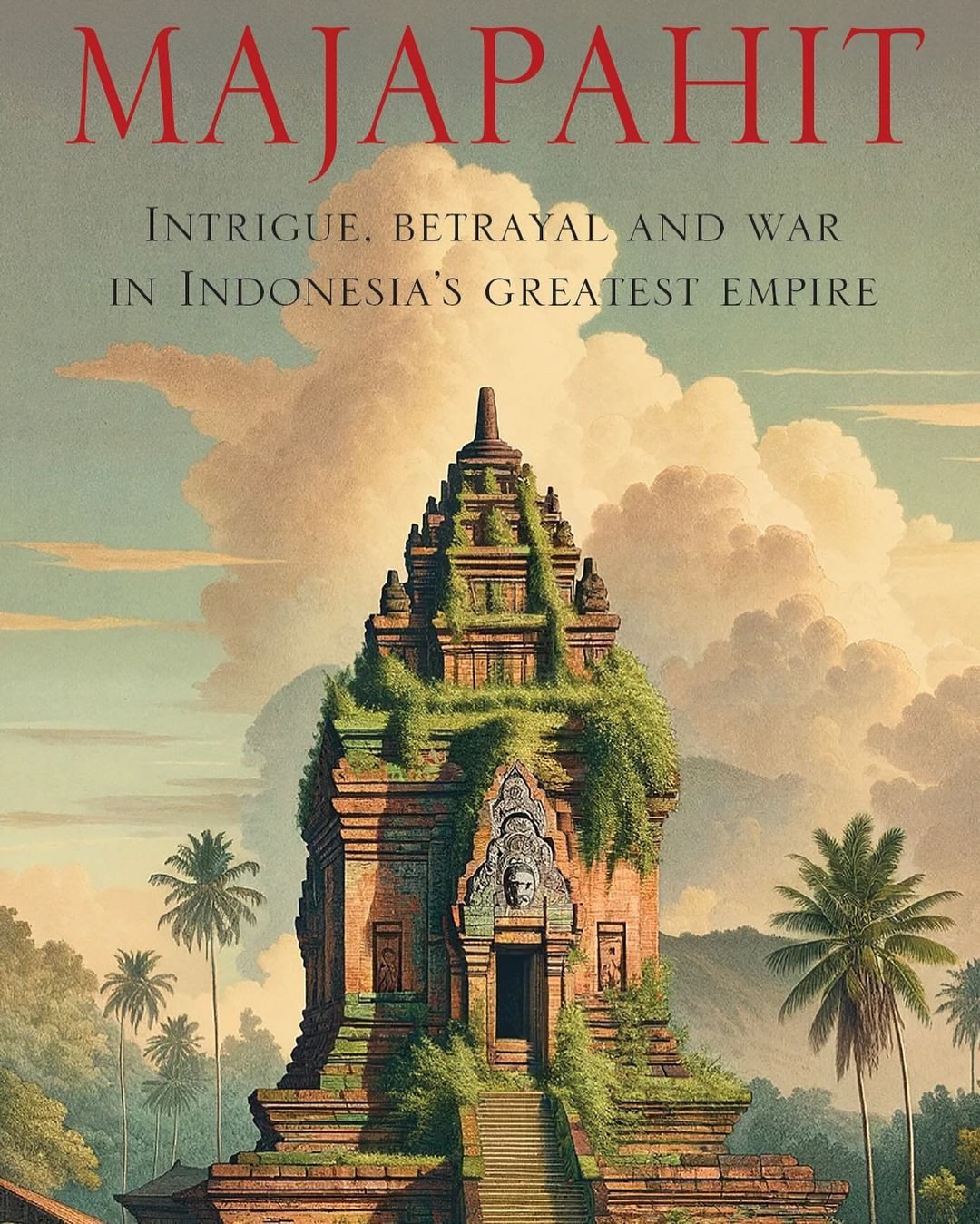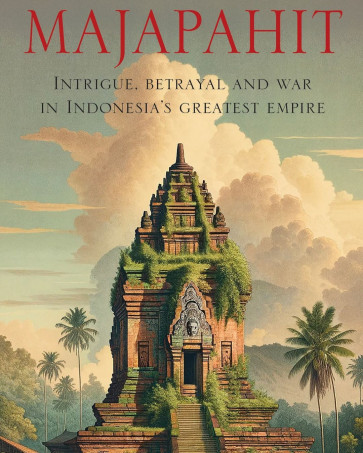Popular Reads
Top Results
Can't find what you're looking for?
View all search resultsPopular Reads
Top Results
Can't find what you're looking for?
View all search resultsNew book on Majapahit recounts tale of ‘Indonesia’s greatest empire’
Filled with Games of Thrones-worthy drama and intrigue, Majapahit: Intrigue, Betrayal and War in Indonesia’s Greatest Empire tells the stories of the Majapahit starting from the late 13th century, along with its kings, wives and admirals, many of whose names are already familiar to Indonesian students of history.
Change text size
Gift Premium Articles
to Anyone
“As diplomatic showdowns go,” the book opens, “this summit was without parallel.”
The summit that author Herald Van der Linde refers to was the meeting between an envoy dispatched by Kublai Khan, the feared emperor of the Yuan dynasty in the 13th century, and King Kertanegara of East Java’s Singasari kingdom.
The meeting would end up bloody, sparking wars between the Mongols and the Javanese, and from Singasari’s ruins was born the Majapahit kingdom, the most powerful empire in the land that would become Indonesia, if not all of Southeast Asia.
This introduction sets the scene for Van der Linde’s new book, aptly titled Majapahit: Intrigue, Betrayal and War in Indonesia’s Greatest Empire.
Filled with Games of Thrones-worthy drama and intrigue, the book tells the stories of the Majapahit starting from the late 13th century, along with its kings, wives and admirals, many of whose names are already familiar to Indonesian students of history.
In addition to rich historical details, which the book goes into great lengths to lay out, the stories are written with a seamless episodic flow that grabs readers’ attention without sensationalizing.
This was intentional, too, Van der Linde, a Hong Kong-based “Indonesiaphile” who has lived in and written about the country, acknowledged during a discussion held last week in South Jakarta. Writer and archivist Tamalia Alisjahbana also joined the talk.



















